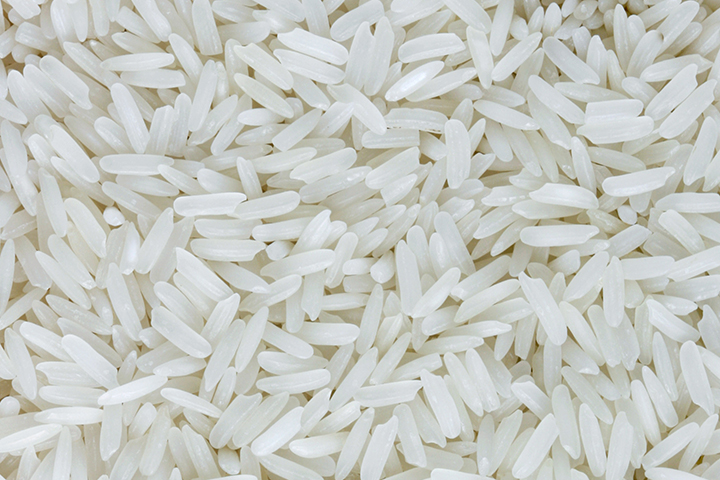Measuring Protein in Rice Correctly

Rice is one of the world’s most important stable food with approximately 400 million metric tons harvested annually. Rice is therefore an important source of nutrition and energy for 50% of the world's population.
However, our food habits are changing and in several major markets such as Korea and Japan the demand for rice is going down. At the same time, the amount of customers demanding higher quality rice is increasing. Customers are expanding their diet with other food than traditional food but when eating rice they demand higher quality and better taste. Korea uses several grades to classify their rice, whereas grade A (Super) is the best rice. Grade A rice should contain very little protein to enhance the taste, less than 6%, whereas grade C has more than 7.1% protein content. The percentage for each grade is narrow which means that precise understanding of the protein is essential.
The reference methods for measuring protein in rice is the Kjeldahl or the Combustion method, also called Dumas method. Many laboratories prefer the combustion method since it will be fast and involves less chemicals. However, some laboratories have found that the method not always gives a result with the required high precision for rice, with too high variations between samples. The Kjeldahl method on the other hand gives better result and can provide the required level of precision for rice grading purposes.
OPSIS LiquidLINE has been working to optimize Kjeldahl instruments for measuring of protein in rice and can now offer both instruments and application instructions to achieve good results for rice.
Please contact us today to request information on our solutions for rice producers.
Learn about the history of protein determination >>